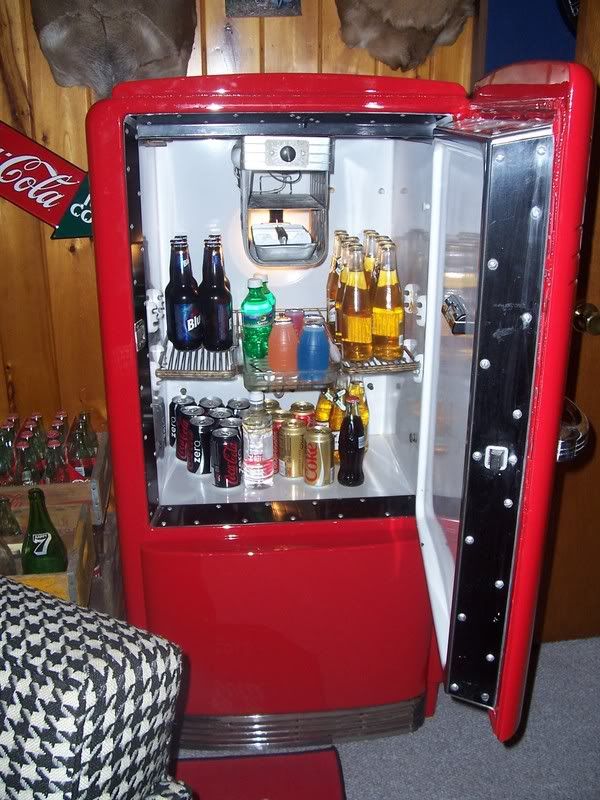LizzieMaine
Bartender
- Messages
- 33,085
- Location
- Where The Tourists Meet The Sea
NoirDame said:I am really interested in 50s era stoves and fridges and while it's a distant day that I will be in my own home and need one I had a few questions.
How reliable are the cooking temperatures? Do they still get in the right neighborhood? We have a modern stove that is inaccurate and it drives us crazy.
How safe are they?
How reasonable are they to acquire (in a range of cost)? I'm sure they are less than the 3500 repro I was looking at from Elmira!
How easy and costly are they to maintain?
I know these are broad questions. I'm totally clueless about this!
Thanks!
If you get a '40s-'60s Hotpoint range, it's easy to recalibrate the oven temperature knob -- just pull it off the shaft and you can remove a clip from the back of the knob allowing you to rotate the scale. Just measure the temperature with a good oven thermometer, and set the knob to match, and you should be reasonably accurate. No digital foolishness to mess with!
Hotpoint parts are also very easy to find -- burners and oven elements are still readily available through your local dealer, or you can order them online and save a few bucks by replacing them yourself with a screwdriver and a pair of pliers.
Reflector bowls should be replaced annually -- the modern replacements available are cheap thin steel, and burn up fast.
I've owned my Hotpoint for about twenty years, bought it for $50 at a second-hand store, and in that time have replaced the oven element once -- I think it cost me $40 or so to order from the dealer downtown, and I installed it myself in about fifteen minutes. One of the top burners is bad, and I should probably replace it as well, but I haven't bothered since I rarely have need to use all the burners at once.
Basically, just keep it clean and there's no reason it couldn't run forever. The fewer gadgets and gizmos and self-cleaning doodads, the fewer things there are to go wrong.


